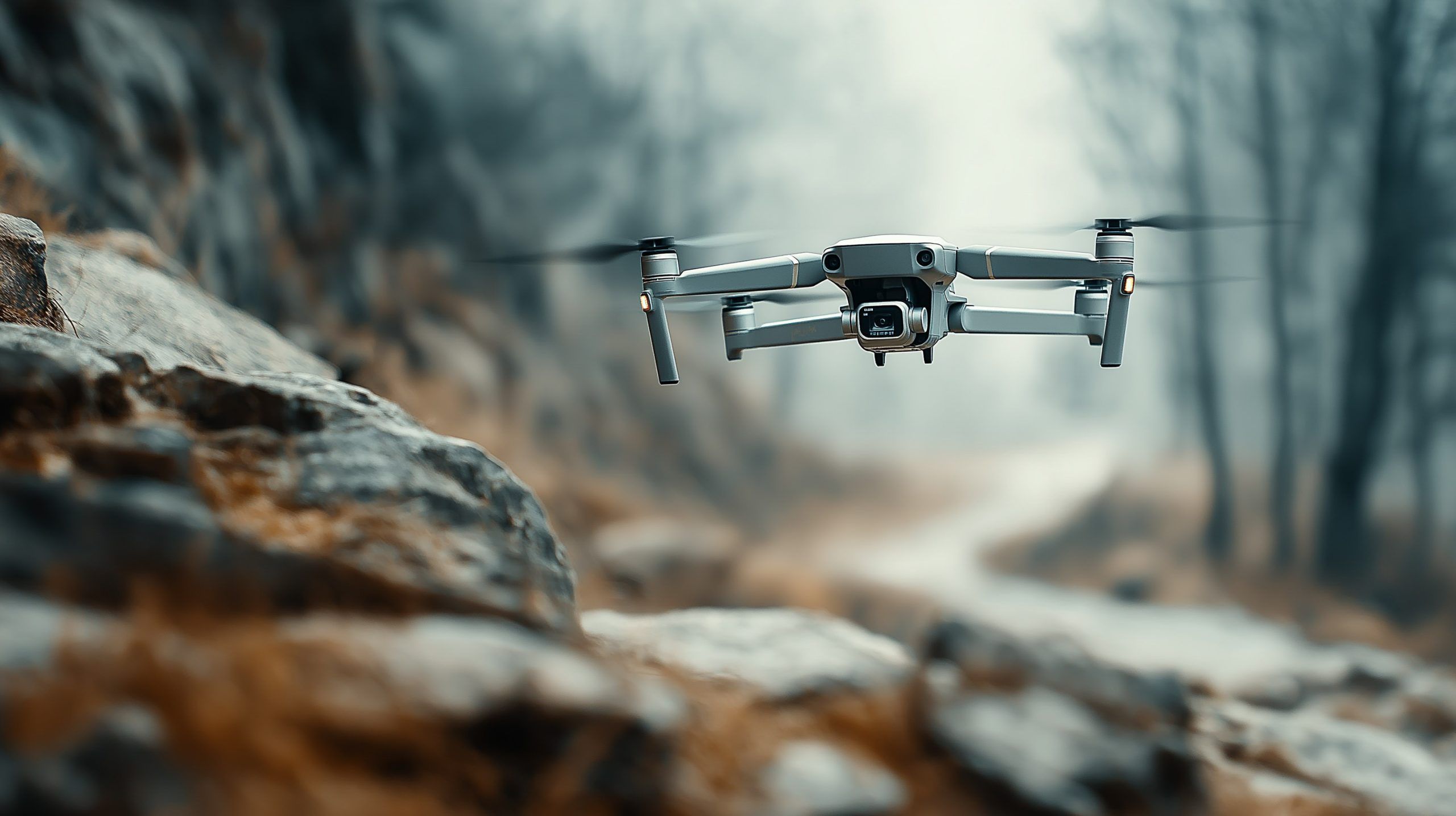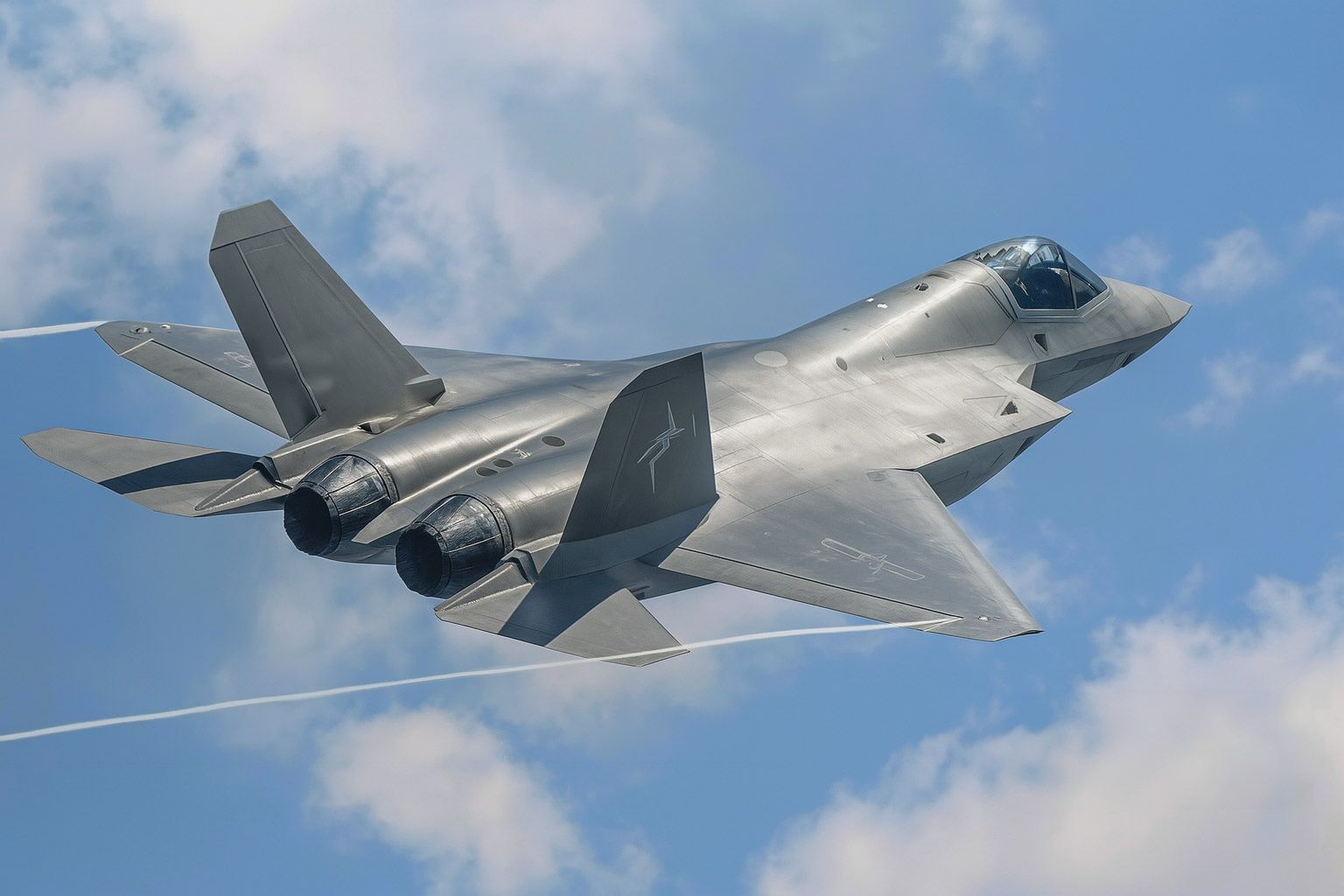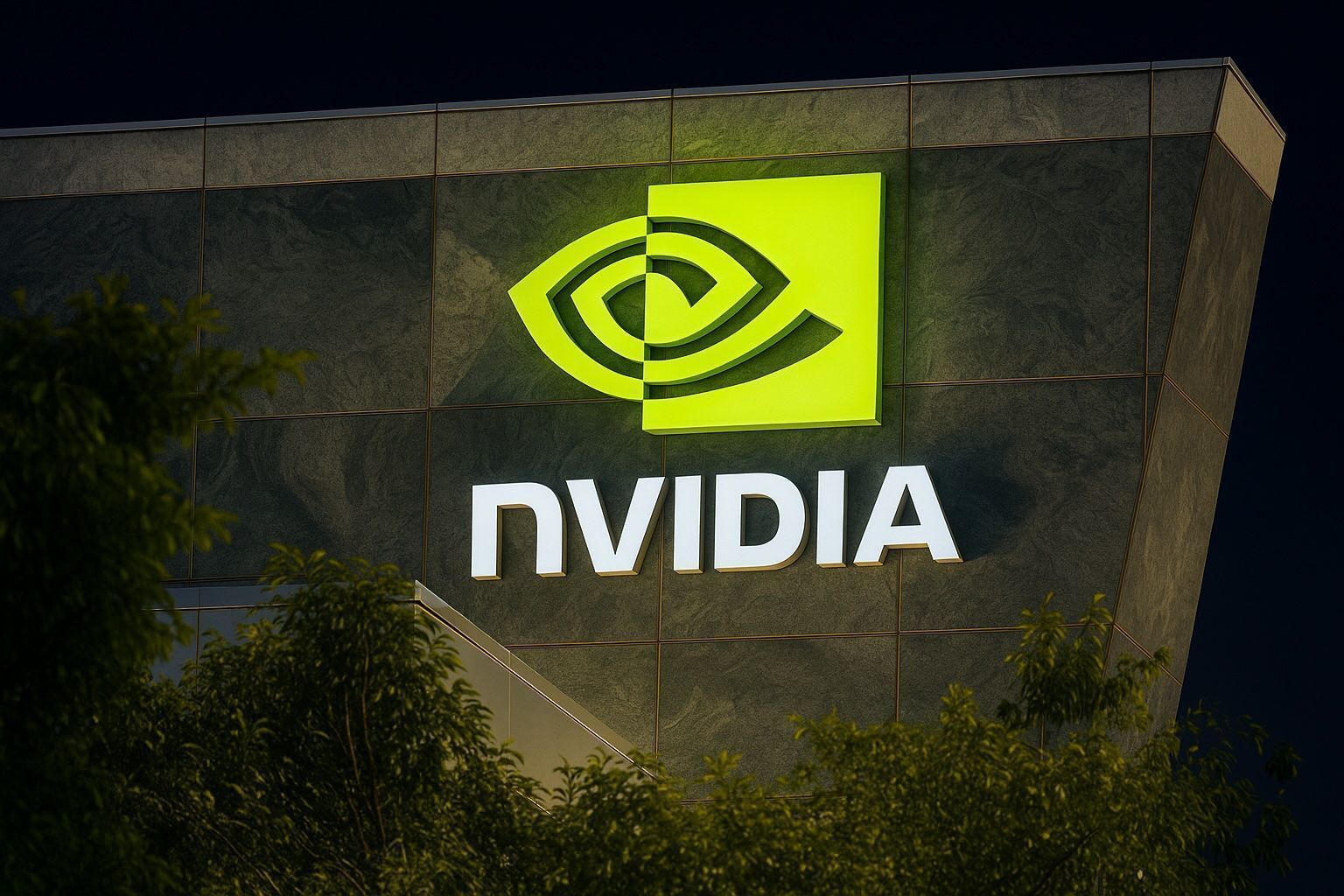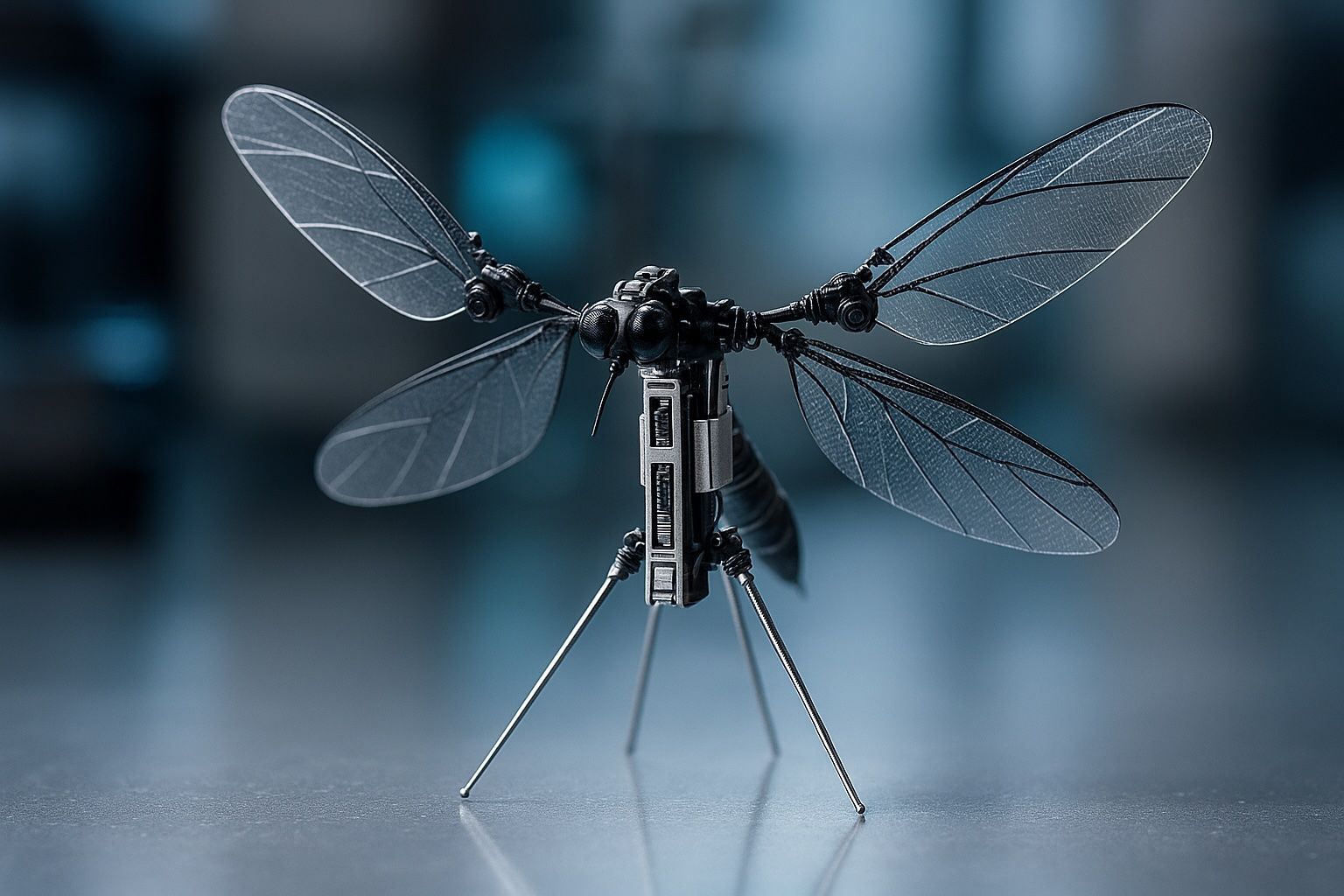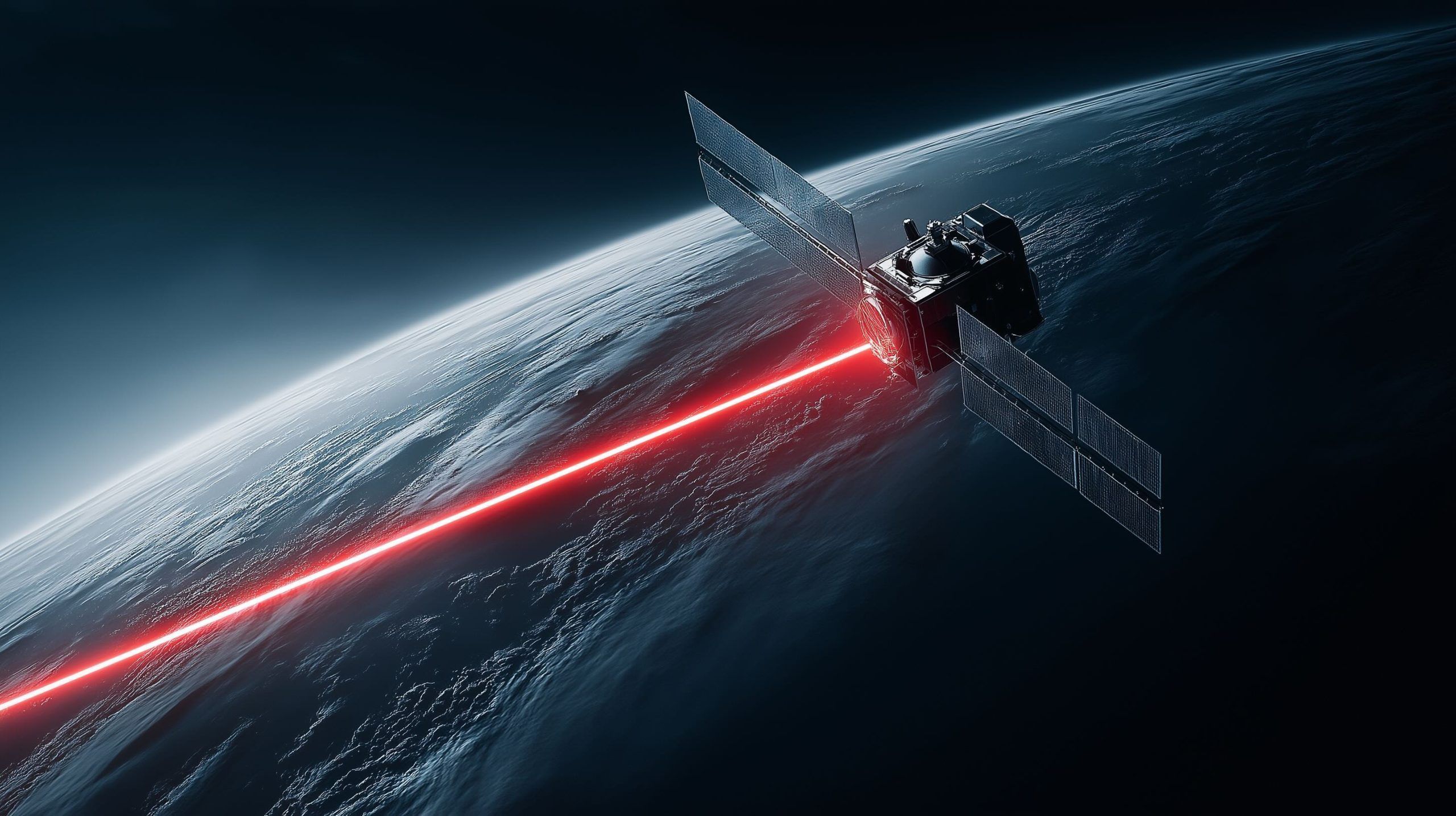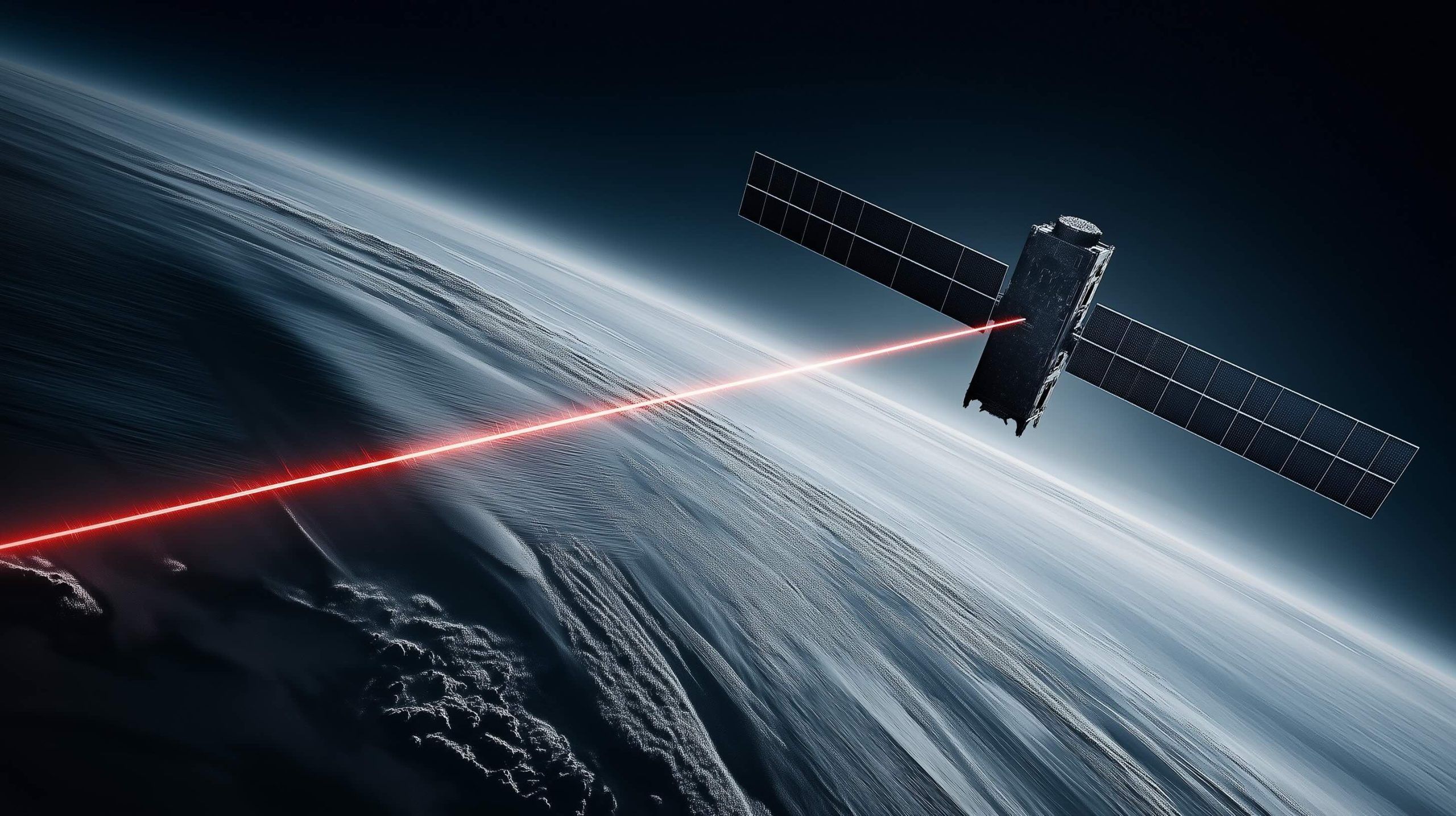
Global Business Roundup: Oil Rally, SoftBank’s $2B Intel Lifeline & China’s Big Debt Deal (Aug 18–19, 2025)
Finance & Markets Technology & Telecom Energy & Commodities Retail & Consumer Real Estate & Property Automotive & Transportation Healthcare & Pharmaceuticals Sources: Key stories were drawn from Reuters unless otherwise noted. Reuters provided detailed reporting on financial markets reuters.com



